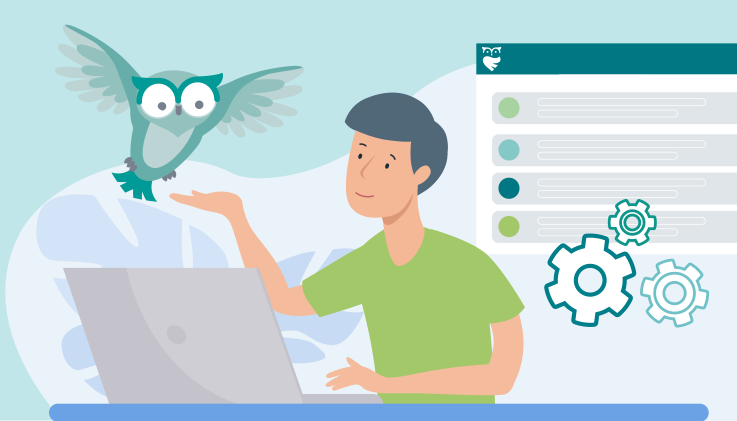Agent experience is the foundation of great support. When agents feel valued, they stay motivated, work with confidence, and solve problems faster. They build stronger connections with customers, creating better experiences with every interaction.
Companies invest heavily in customer satisfaction. They personalize experiences and strive to make every customer feel valued. But great customer experiences start behind the scenes. Agents need the right tools and support to perform at their best. When they have what they need, they thrive—and when agents thrive, customers win.
Agent experience: Support agents are equally important as customers
The reason is that a happier workforce stays motivated to do their job with perfection, which is providing excellent service to customers. This, in turn, benefits companies by improving their customer satisfaction scores and helping provide a better customer experience.
In every industry, before new products are launched, business leaders promise good bonuses to factory workers if they exceed production targets. To deliver better-than-expected results, companies are bound to provide a good work environment where people can work to the best of their abilities with the help of modern technology and tools. Without the essential technology and manpower, the company can't expect to have any of its products in the market.
Ditto with customer service and support teams. Hiring the right people alone won't get the job done. Agent experience plays a crucial role in performance and job satisfaction. As a customer support provider — in-house or outsourced — your top priority must be creating a suitable environment for your support agents. The effort must be centered around improving agent experience and building a workplace where employees can thrive.
Underscoring the need for a customer service transformation
Contact centers have a very dynamic environment. Agents have to deal with tickets/calls continuously, and it is not an easy job. Every customer that reaches out to the contact center is special, and, for that matter, every ticket is unique.
How does ThinkOwl's OwlDesk software further agent experience?
Incoming tickets can be automatically classified into various categories, such as payments, returns, refunds, customer inquiries, and the list can be endless. The artificial intelligence in OwlDesk analyzes customer messages and decides which category is suitable for each case.
ThinkOwl has several intelligent features that make real-time information processing easy. It can also be integrated with third-party applications, which helps support agents source information from other platforms. The multichannel capability helps provide seamless services to customers, irrespective of their chosen communication channel.
Automation is the key
On a typical day, support agents receive thousands of calls, emails, and messages from customers enquiring about their issues. Responding to customer requests is now easier than ever. Agents do not have to scramble for necessary customer data. Looping workflows, manual search, and population of customer data by agents are made easy where they can do away with manual data entry.
Responding to customer messages is easy for agents because of smart responses and pre-defined content templates. Your agents can provide customized responses to customers without any manual activity. When service executives are expected to deliver personalized service, time devoted to every ticket becomes crucial. And that's where automation has proved to be a blessing.
Automation drives businesses to achieve optimal efficiency, by eliminating the bottlenecks that cost both time and revenue. Any organization can drastically reduce workload by automating routine tasks with a touch of human intelligence and improving productivity while minimizing operating costs.
As a business owner, you aim to ensure every agent becomes your best agent. For that purpose, you should tap into the major innovations in AI and automation, transforming the world of analog voice and legacy customer service software.
ThinkOwl helps every customer support agent be the best version of themselves! Here is how!
- Agents are prepared to best understand and respond to every customer's situation, however unique.
- Intelligent case distribution ensures every agent is allotted tasks corresponding to their skill, training, and experience.
- Agents can dive deep into the customer's problem right away with the help of lightning-fast automated data capture. This results in a lesser workload for support teams as they do not have to manually enter customer data/ticket details into the helpdesk software.
- Provide excellent service consistently across multiple channels without any extra work.
Provide better tools to support agents
Employee well-being has five dimensions: Mental, Physical, Social, Environmental, and Occupational. We will focus on the fifth aspect because we can help you bring about a solid change. After all, occupational well-being strongly affects the other dimensions.
From large corporations to small and medium enterprises, anybody can join the movement to provide better tools to agents who handle customer issues. Creating the best agent experience directly translates to an excellent customer experience.
Using the right service desk software helps you manage growth and makes the overall experience satisfying and manageable for your support teams, directly translating into happier customers.
To learn more about how OwlDesk by ThinkOwl can help you further your agent experience and let them deliver a smile to your customers' faces, sign up for a 30-day free trial now.
